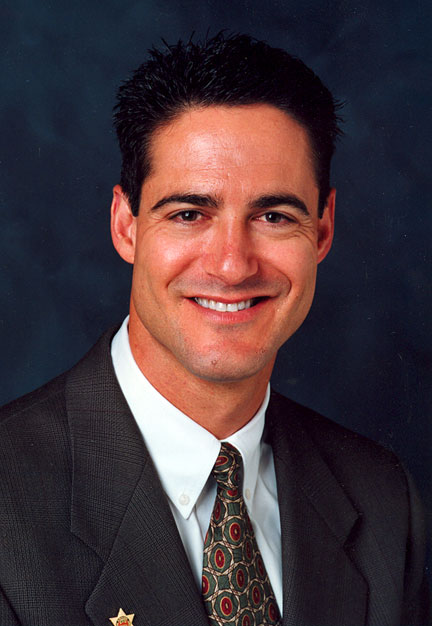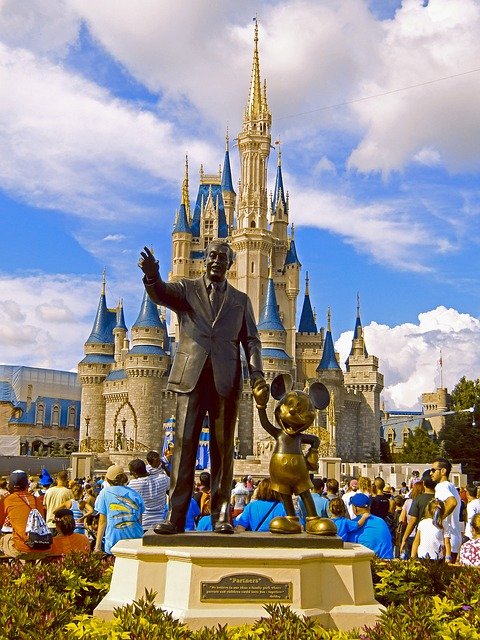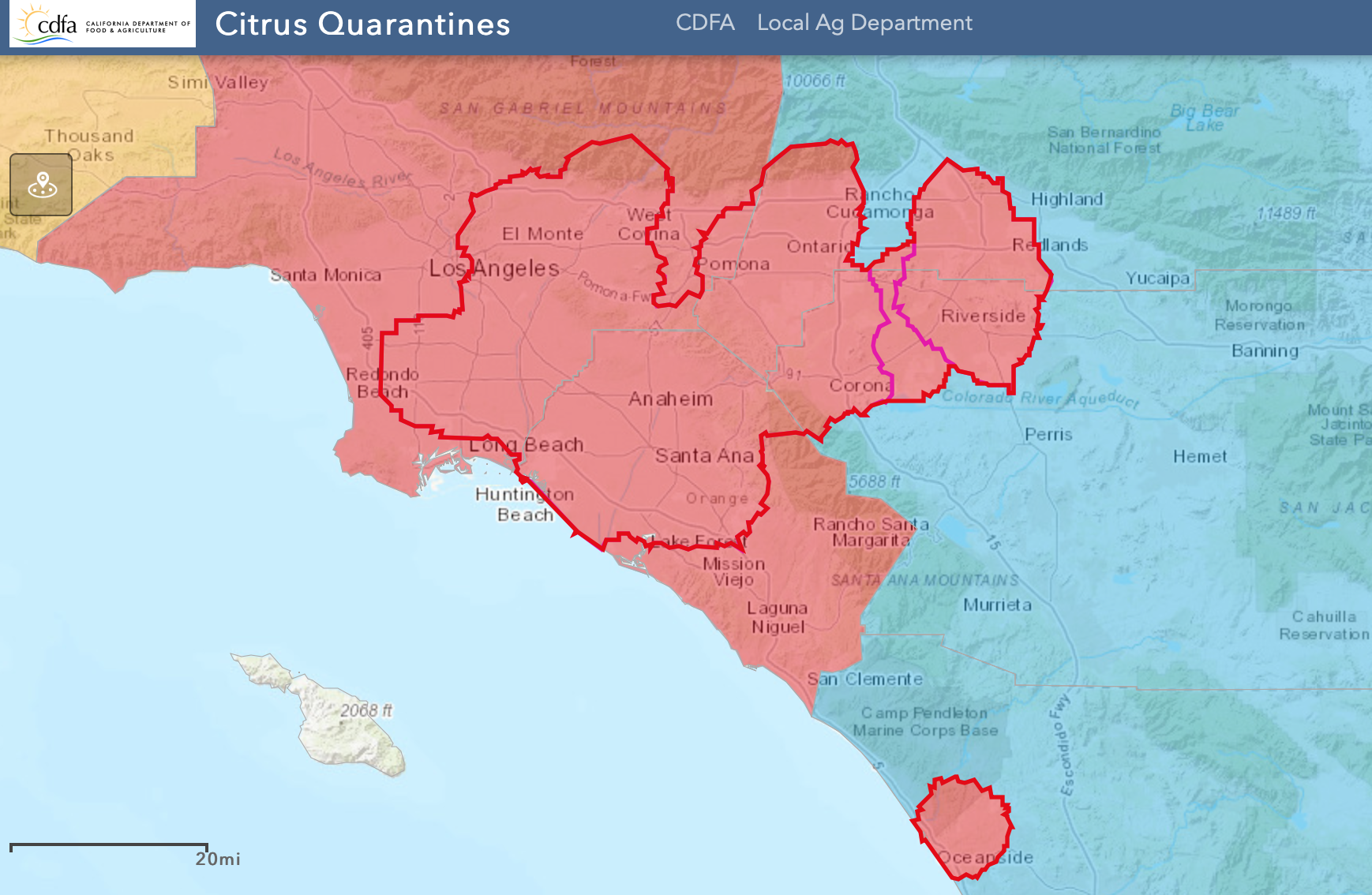Port of Long Beach Executive Director Mario Cordero Wednesday said the port must transform in order to accommodate future growth and opportunities in international trade.
“We continue to debate the same issues year after year, while the operational model remains status quo — never changing,” Cordero said during his annual State of the Port address. “The test is not in how many containers we move but in how we transform and build a port that benefits everyone.”
As supply chain disruptions continue during the coronavirus pandemic, the port is going to “soft launch” its Supply Chain Information Highway data- sharing tool later in the month. The platform is designed to help shippers, ocean carriers, trucking companies and other stakeholders securely track their cargo across all transportation modes.
It is one of several initiatives to improve the flow of cargo amid supply chain disruptions and a backlog of ships waiting to enter the San Pedro Port Complex. The port also began operating 24 hours a day last year, and Cordero said it will advocate for 24-hour operations throughout the supply chain.
The port moved a record 9.384 million 20-foot equivalent units in 2021, up 15.7% from the previous record set the year before. Officials attribute the increase to consumers’ spending habits during the pandemic, when people bought online instead of spending their money on entertainment and travel.
“Despite challenges in the global economy, it’s been an incredible year for the Port of Long Beach,” Long Beach Mayor Robert Garcia said. “And that’s thanks to all of our incredible workers at our ports. Everyone has been working extremely hard to make sure we meet America’s needs and efficiently move cargo in and out of our port.”
Cordero highlighted some of the port’s long-term goals, including its plans to invest in rail improvements over the next decade to make cargo movement more efficient and have less of an environmental impact. The centerpiece of the improvements, a rail facility, received a $52 million grant from the U.S. Department of Transportation.
“We have all heard so much about the supply chain backlog, but what is actually happening is that our dock workers are moving more cargo than ever – – and doing so during a pandemic,” Harbor Commission President Steven Neal said. “We are building a bright future for the Port of Long Beach, the goods movement industry, and for the community.”
Cordero added that the port is working to transition its drayage truck fleet to zero-emissions by 2035, including through funding a Clean Truck Fund rate beginning in April to raise money to pay for the transition.
The rate will be collected by both the ports of Long Beach and Los Angeles. Fines are set at $10 per 20-foot equivalent unit hauled by a nonexempt truck.
The Clean Truck Fund Rate is expected to collect about $45 million annually for each port.







